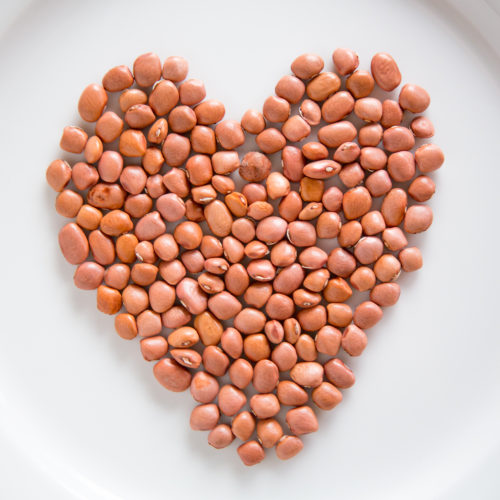About Pinquitos
 While not widely known, pinquito beans, or simply “pinquitos” have been gaining quite a following as an essential component of Santa Maria Style barbecue.
While not widely known, pinquito beans, or simply “pinquitos” have been gaining quite a following as an essential component of Santa Maria Style barbecue.
Because of their unique flavor and firmness, many people have begun experimenting with pinquitos in a variety of recipes and cuisines. This site is dedicated to showcasing those pinquito bean recipes – from protein-rich meat replacements for vegetarian diets, to modern side dishes that create unexpected, delicious pairings for innovative culinary explorers.
Terracotta pink in color, these small heirloom beans are about the size of your pinky fingernail. Planted in mid to late May and harvested in September, California’s central coast is the only region in the world where pinquito beans are commercially grown. How pinquitos made it to California is an often debated subject and many pinquito bean legends exist.
Typically, pinquito beans are cooked for an unexpectedly long time and still remain extremely firm and meaty. Unlike other legumes, it is nearly impossible to overcook pinquitos and they do not get soggy, even after leftovers are stored in the refrigerator and reheated. Because they can be cooked for so long, many pinquito bean recipes are perfect for crock pots.
While each Santa Maria Style barbecue connoisseur has his or her own favorite pinquito bean recipe, they are commonly prepared with things like chile peppers, bacon, onions, small tri-tip cuttings, and garlic. The skin of a pinquitos are quite thick so dishes using them have hearty textures.
As a part of Santa Maria Style barbecue, pinquito beans are traditionally served in their own broth on the side of a thick piece of tri-tip which has been cooked over the Central Coast’s red oak.
We invite you to learn more about this unique, heirloom bean through this site and the resources we’ve provided. More importantly, you’re encouraged to get hands-on and experiment with your own pinquito bean recipes.

